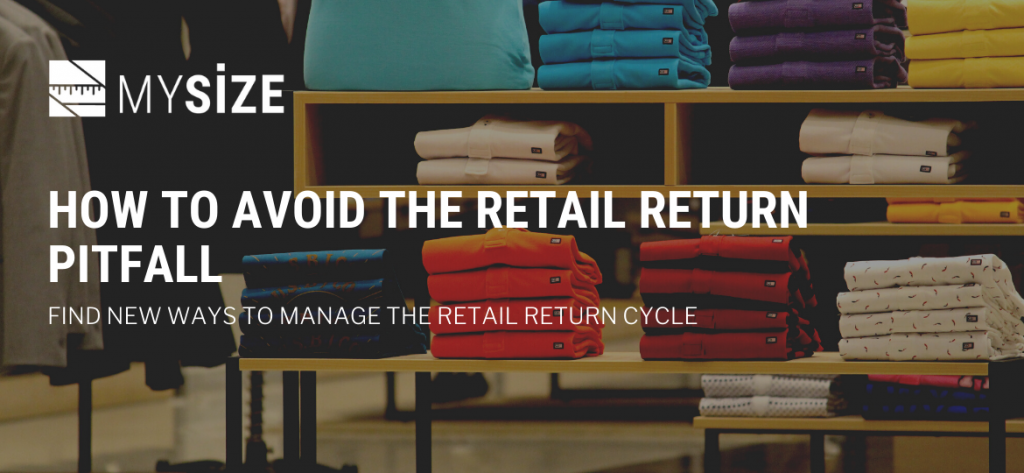
If you look online today, you will find a number of statistics on how many clothes are being produced each year and how much the apparel industry strands to make from these productions. What you won’t find, however, is how much money retailers lose when customers return the items they’ve bought because they either weren’t what they had in mind, or the fit wasn’t as expected. According to Business Insider, despite current supply chain restraints, like higher transportation costs, online sales during the 2021 holiday season were expected to reach a whopping $222.3 billion. This outlook may seem good for retailers, but we’re only left with half the picture. Approximately $66.7 billion worth of product was also forecasted to be returned by the end of 2021. While returns are typical after the holiday season, experts are predicting more gift returns this year than ever – costing retailers upwards of 50% more than last year, and further contributing to the supply chain crisis.
With this high level of loss, shoppers and retailers must find new ways to manage the retail return cycle, creating a better system for both parties.
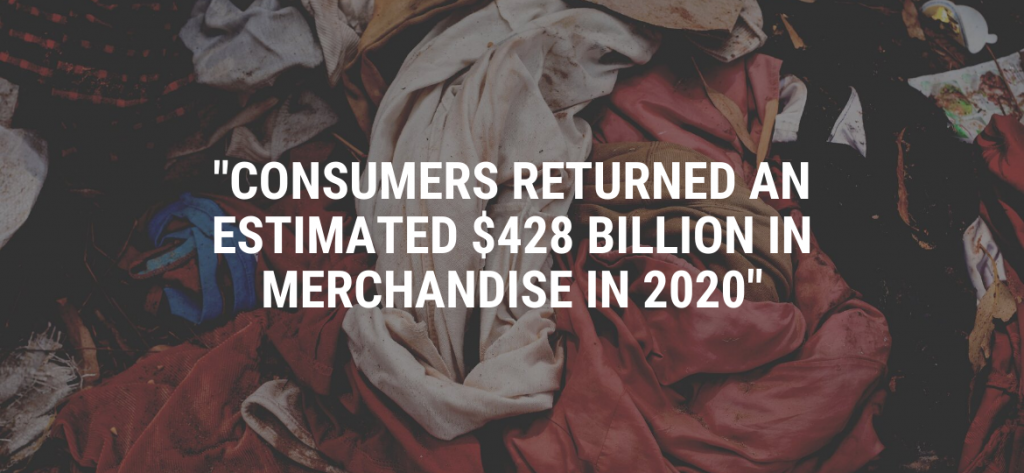
Consumers returned an estimated $428 billion in merchandise in 2020. Moreover, for every $1 billion in sales, the average retailer incurs $106 million in merchandise returns.
The loss isn’t limited to retailers alone. Peiple who buy clothes online end up losing their shipping money even if the online store decides to return their purchase amount. This is probably why consumers have taken up the habit of buying the same item of clothing in multiple different sizes, aka ‘bracketing’. This practice is now a part of at least 40% of shoppers’ routines. In addressing the issue, Lee Bloor said via BBC News that clothing makers and retailers suffer an even bigger loss because of this practice as they have to toss returned clothes that no longer smell new into the bin. Imagine paying for the return shipping of a clothing item you’ll eventually have to throw away – that’s like every retailer’s nightmare coming alive.
THE PROBLEM
The statistics haven’t been helping either with 36% percent of online apparel buyers estimated to return any clothes that they buy, whenever they buy it. Many online retailers might be looking at closing up shop due to this reason.
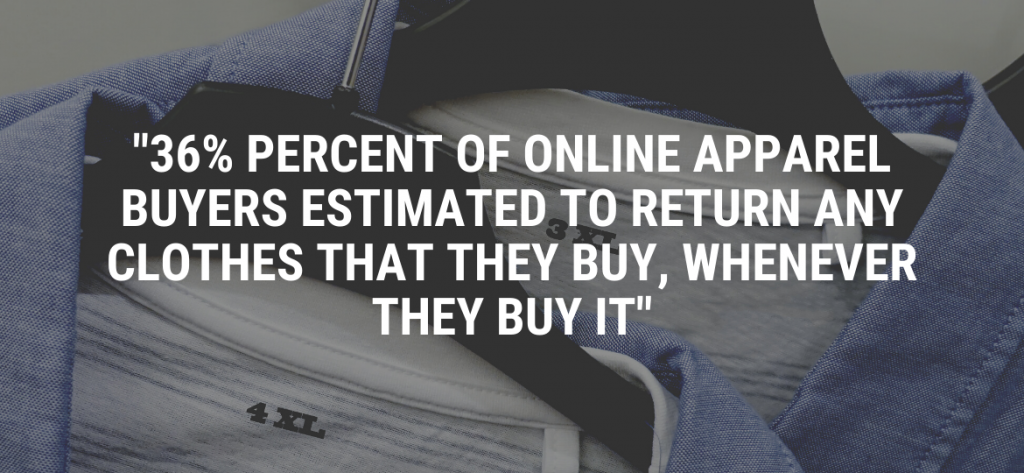
36% percent of online apparel buyers estimated to return any clothes that they buy, whenever they buy it.
The reason for this dilemma between buyers on the one hand and retailers and the clothes makers, on the other hand, is that there is no universal measurement for shoes and clothes for both men and women. What is small for one design might actually be big for another and even if any of the standard measurements are used, it is usually difficult for an online shopper to convert from say EU to US or US to the UK without breaking a sweat. This conversion is the beginning though when you think you’ve already gotten your perfect size, you start to wonder whether you actually wear the small size of your chosen size or the big size of it.
The thing is, getting your perfect size can be a very difficult thing to do, we know that. We also know that before you got to those tiny square boxes where you have to pick your size on an online store product page, you probably didn’t think it was necessary to know your size. We’ve all been there at one time or the other but what if I told you that there is a way you can solve your problems without resorting to ordering a dress in three different sizes or doing calculations for a long period of time online?
THE SOLUTION
A recent addition to the fashion industry and e-commerce space is the creation of applications that are geared towards the simplification of their fundamental problems. For industries that deal with a lot of data, big data applications have been a great deal of help while for the fashion industry and its sizing issues, fit technology apps have been recognized as the long sorted for the solution.
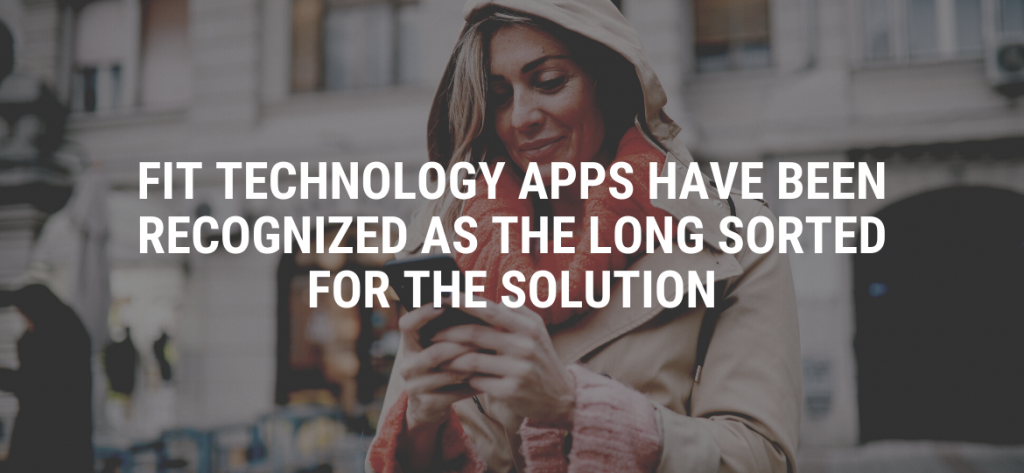
Fit technology apps have been recognized as the long sorted for the solution.
Although there are numerous solution applications of this nature, very few of them have actually delivered exactly what was promised in terms of creating an easy avenue for shopping and one of these applications is MySizeID.
MySizeID is one of the brainchildren of an app development company straight out of Israel. This company has created a mobile application which is used for screening the user through the phone sensors and you can use the MySizeID app by downloading the app, following the measurement guides given through the app that you have downloaded, picking the potential store or shop that you’ll be shopping in and lastly, discovering which sizes fit you perfectly. After doing all these, a good shopping experience for you is just a very minor click away.
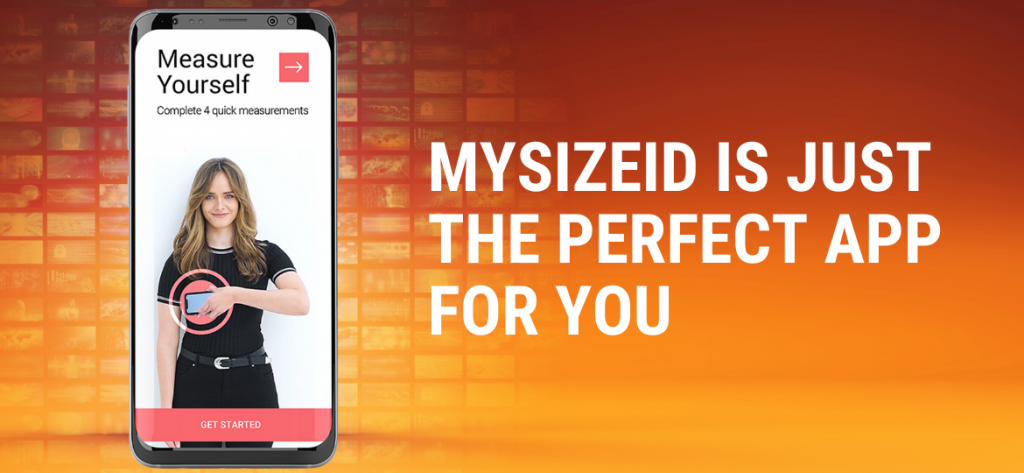
MySizeID is just the perfect app for you.
Why You Should Use MySizeID
There is only really one good reason why we would love you to use MySizeID and the reason is that it will enable you to find your perfect sizes faster and more effectively so that you won’t have to order apparels you don’t need and make the apparel industry lose more money than necessary.
Another reason why you should use this app is that when you are able to get your size at one go, you don’t have to worry about your size and whether or not you are on the plus-size or slim. This lack of worry can do a lot to boost your confidence level as a person.
In conclusion, if you are the type who is very particular about your privacy, then MySizeID is just the perfect app for you. We do not use images to estimate your measurements, our novel algorithm ensures that you get the perfect dress without worrying if it fits.

